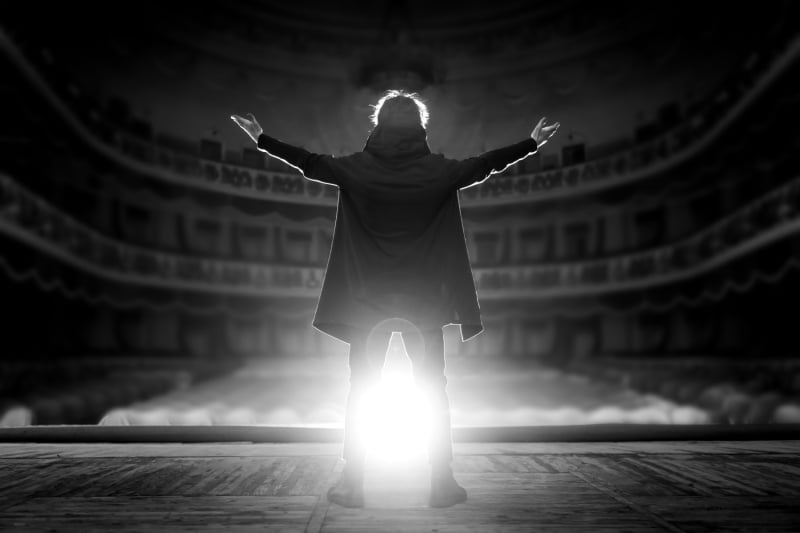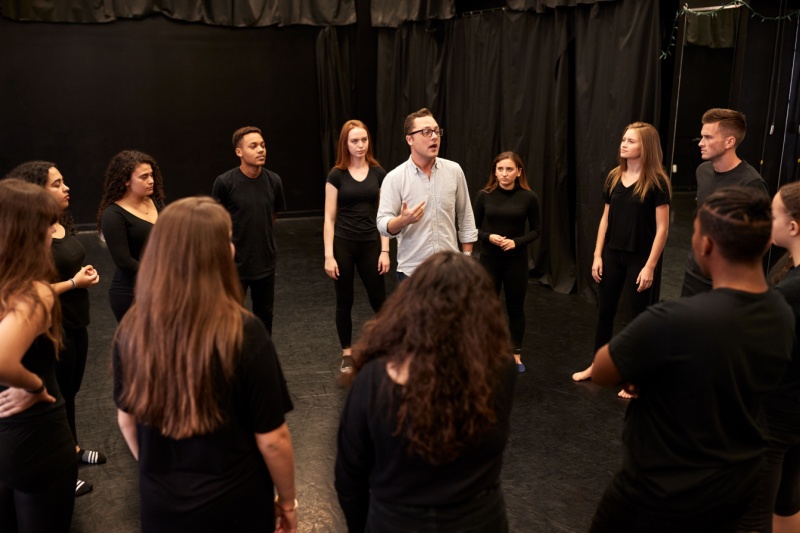Suppose you are a fan of older movies, particularly the silent films of the 1920s. In that case, you may notice that many actors of that era performed in a theatrical manner using exaggerated movements. This was because they were not yet aware of how intense and unrelenting the camera lens could be. Nowadays, however, performances are far more subdued. A comparison between Gustav Fröhlich’s performance in Metropolis (1927) and Keanu Reeves’ performance in The Matrix (1999) makes this clear. Fröhlich’s face is highly expressive, his body writhes, and his hands are in constant motion. At the same time, Reeves’ expressions are more subtle, and his movements and hand gestures are more minimalistic, apart from his martial arts motions. How is it that these two hit sci-fi movies, made within a century of each other, have such completely different acting styles? The answer lies in the fact that acting has changed significantly over a short period.

Even before cinema began to sweep the world in the early 1900s, there was a shift in acting towards focusing on nature and realism. On June 27, 1897, two Russian men named Constantin Stanislavski (an actor) and Vladimir Nemirovich-Danchenko (a playwright) met for lunch that lasted 18 hours, ending at breakfast the next day. The result of their exchange of ideas was what became known as “Moscow Art Theater” or “the Stanislavski system.” Rather than using large motions to reflect emotion, Stanislavski believed that emotion must be experienced. He emphasized that actors should prepare for and study their roles and, most importantly, feel the feelings of their characters.
The Stanislavski system became popular across the globe and reached New York City in 1923. The American interpretation of this system became known as “method acting,” which is now one of the most common schools of thought in film acting. Although it originated on the stage, method acting has had a significant impact on-screen acting. It first appeared in movie theaters in the influential film called A Streetcar Named Desire (1951), featuring Marlon Brando. Today, there are several modern schools of method acting, such as Lee Strasberg’s and Stella Adler’s. However, both emphasize the importance of story and character over words.

Method acting introduced a new style of acting to the film industry that was desperately needed. It allowed actors to express emotions subtly and convincingly and to deal with intense or dramatic moments on screen. Traditional forms of acting did not work as well with close-ups and often appeared fake. Method acting, on the other hand, requires actors to internalize their characters’ thoughts and emotions. If the actor wasn’t genuinely feeling it, their expressions would not convey the right emotions, and the audience would not be able to connect with the character. This process is extremely challenging, and that’s why some actors take extreme measures to immerse themselves fully in their roles. For example, some actors stay in character even between takes, learn a new language, or practice a skill like playing the piano for hours every day. However, this style of acting has been criticized for being too intense and has even been parodied in films like Tropic Thunder (2008).

The difference between film acting and theater acting lies primarily in the style of acting employed. While method acting originated in theater, it is more commonly used in cinema. Film requires small, subtle movements that convey a lot of emotion, while theater demands more energy and vitality to reach the entire audience.
Apart from this, there are other differences between the two forms of acting. For instance, theater performances must be done in one take, which can be challenging. In contrast, filming requires several takes, which can also be difficult due to the unpredictable interruptions that may occur. Factors such as lighting, cameras, motion, and the setting can affect the performance, and this can be frustrating for method actors trying to get into character.
Some people believe that theater acting is a more authentic form of acting, as it requires the actor to work continuously for hours on end over several months. In comparison, film actors must be ready to perform at a moment’s notice, with all the subdued emotion and thought required for the role. However, it’s not easy to say which form of acting is harder or more authentic.

Learn more about stage and screen acting and how “the method” has impacted films from the 1950s onward:
- Stage Versus Screen: What’s the Big Difference?
- Stage Versus Screen
- Delsarte’s Structural Acting System (PDF)
- Constantin Stanislavski Biography
- The American Perspective: Robert Lewis, Lee Strasberg, Stella Adler, and Sanford Meisner
- What Is Method Acting?
- Extreme Method Acting: 15 Actors Who Took Their Craft to Another Level
- 10 Most Shocking Method Acting Performances
- Method Acting and its Discontents
- Is Method Acting Destroying Actors?

